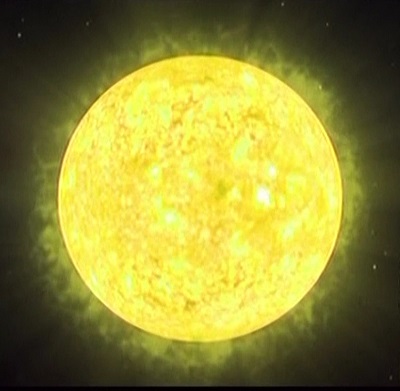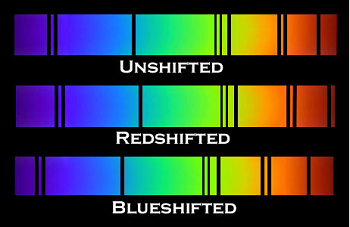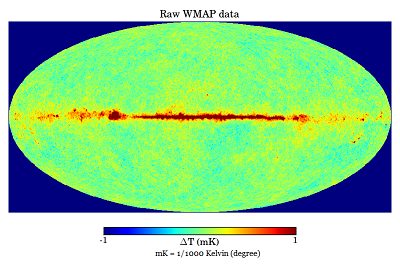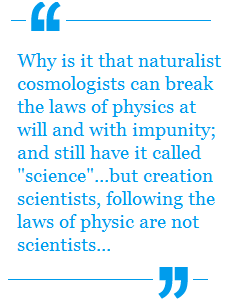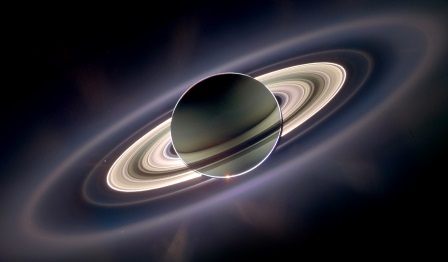The full title of this article is too long to use for a blog article (which is why the shortened version appears), so let me put the full title here:
If dinosaurs died out 63 million years before humans existed
Why have so many humans seen dinosaurs?
Evolutionary theory claims that the age of dinosaurs began about 250 million years ago and ended 65 million years ago when they were wiped out by what many secularist believe was a huge asteroid strike. Humans, the theory claims, only came on the scene 2 million years go. (For a pictorial, see this timeline.) So according to evolutionary theory, the last dinosaurs died out some 63 million years before humans existed, and no human should ever have seen a living dinosaur. If that is the case why have so many humans in all countries in all ages persistently claimed to have seen dinosaurs? This article suggests that the reason is two fold: 1. The earth is not that old, it is about 6,000 years old so the evolutionary time frame is entirely off, and 2: Humans and dinosaurs were both created on day 6 (Gen 1.24-26; 31) when God made all the other land creatures. We will examine the evidence for item 2: that humans and dinosaurs were created on the same day, and thus have lived together concurrently on the earth for as long as the earth has existed.
But before we get started, let’s clear the path of red herrings. Continue Reading



